Thursday, April 28, 2016
#ParallelBarking
It's a Vauxhall commercial, but I still love it. Especially that sweet face!
Tuesday, April 26, 2016
Friday, April 22, 2016
Earth Day
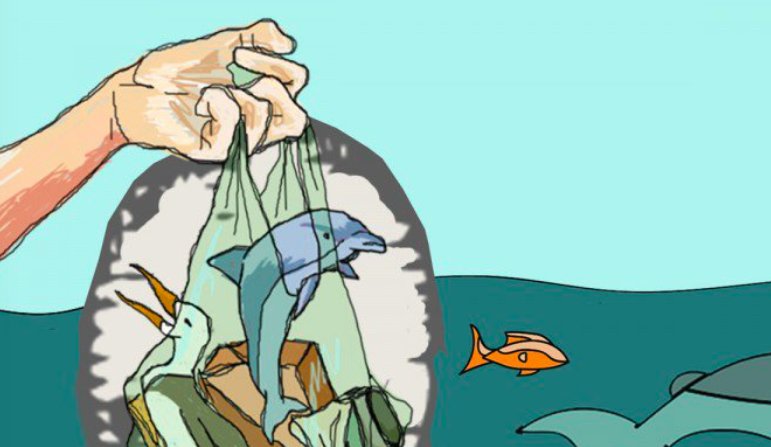
Thomas Peschak is a marine biologist and well-regarded nature photographer who's passionate about our oceans and the creatures they contain. He often has National Geographic assignments and he has written/done photography for several books. I follow him on Instagram and always look forward to his posts.
Recently Peschak did a TED talk which I decided to put on to the blog today, Earth Day. I hope visitors to this page will have time to look at it.
How beautiful are these birds!
The rest of the blurb says these birds, symbols of longevity and immortality in China and Japan, mate for life. Reduced to fewer than 100 individuals at one point, conservation measures have increased the population to more than 1000 birds in Japan now, where their limited habitat impacts breeding success each summer. In mainland Asia, there are approximately 1700 in Russia, Mongolia, China and Korea, but their population is declining due to habitat loss. Let's leave room on the planet for beauty!
Thursday, April 21, 2016
The Shepherd's Life
For a while now, I have been following @herdyshepherd1 on Twitter. Otherwise known as James Rebanks, he farms sheep (possibly also cattle - not sure about that) in the Lake District (Cumbria) of England. Your modern farmer - he frequently tweets photos of his sheep, hardy Herdwicks and Swaledales, his sheepdogs, Floss, Tan and young Meg, dry stone walls, both intact and under repair and a plethora of photos documenting the landscape to which he is rooted in all seasons and all weathers.
Above and below are the same Herdwick sheep, below, as a youngster and above, as a mature tup (ram). They change colour as they age.
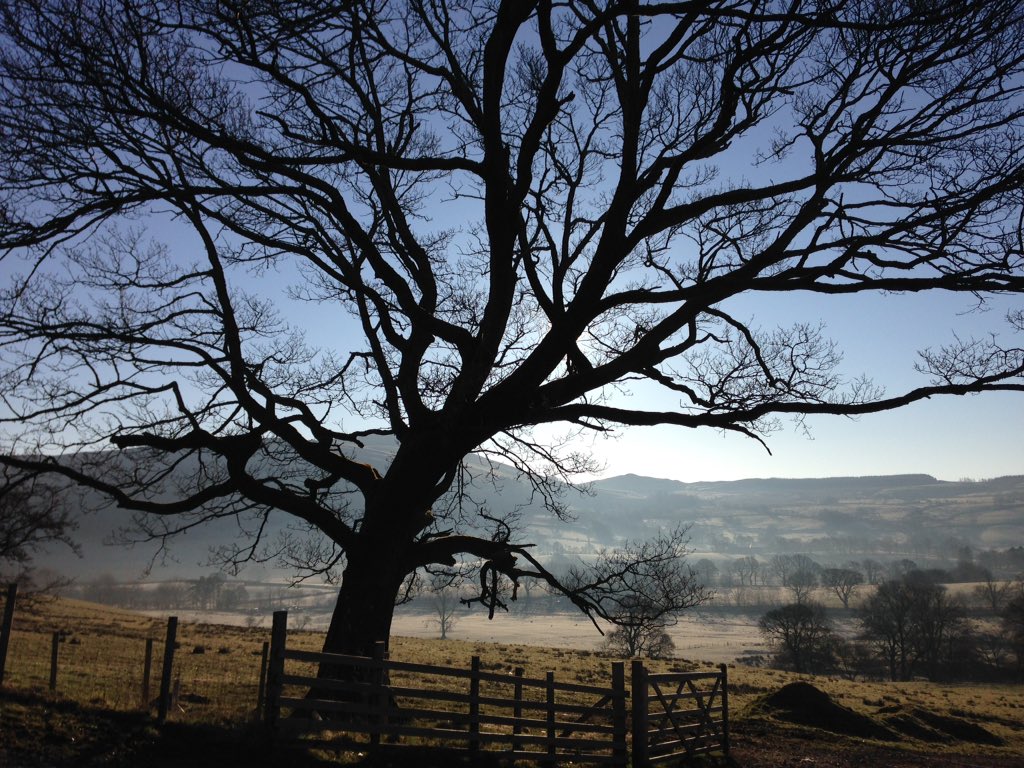
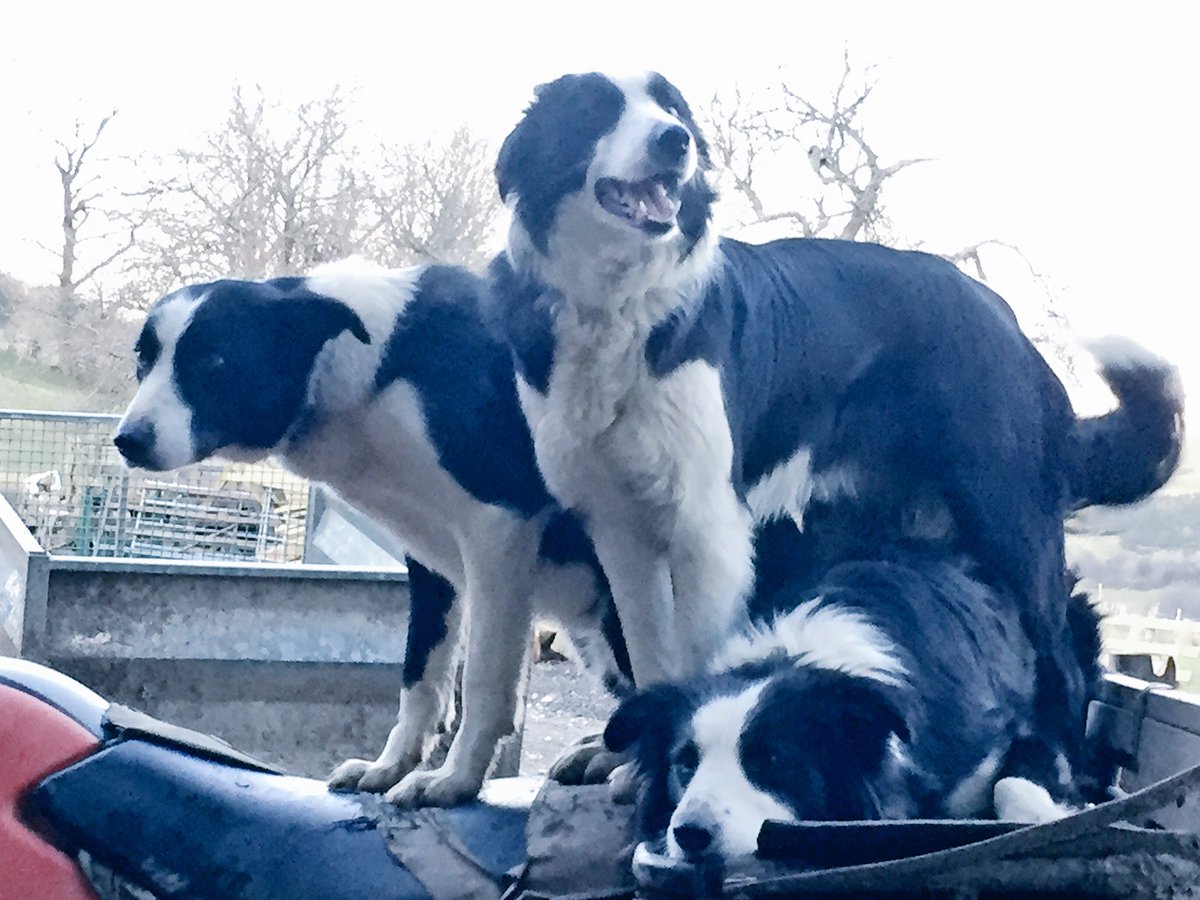
On the quad bike: the dogs get a ride up the fell (mountain) where the sheep have been foraging free-range (these sheep are "hefted" to the land and do not stray from their ancient link to this part of their territory)
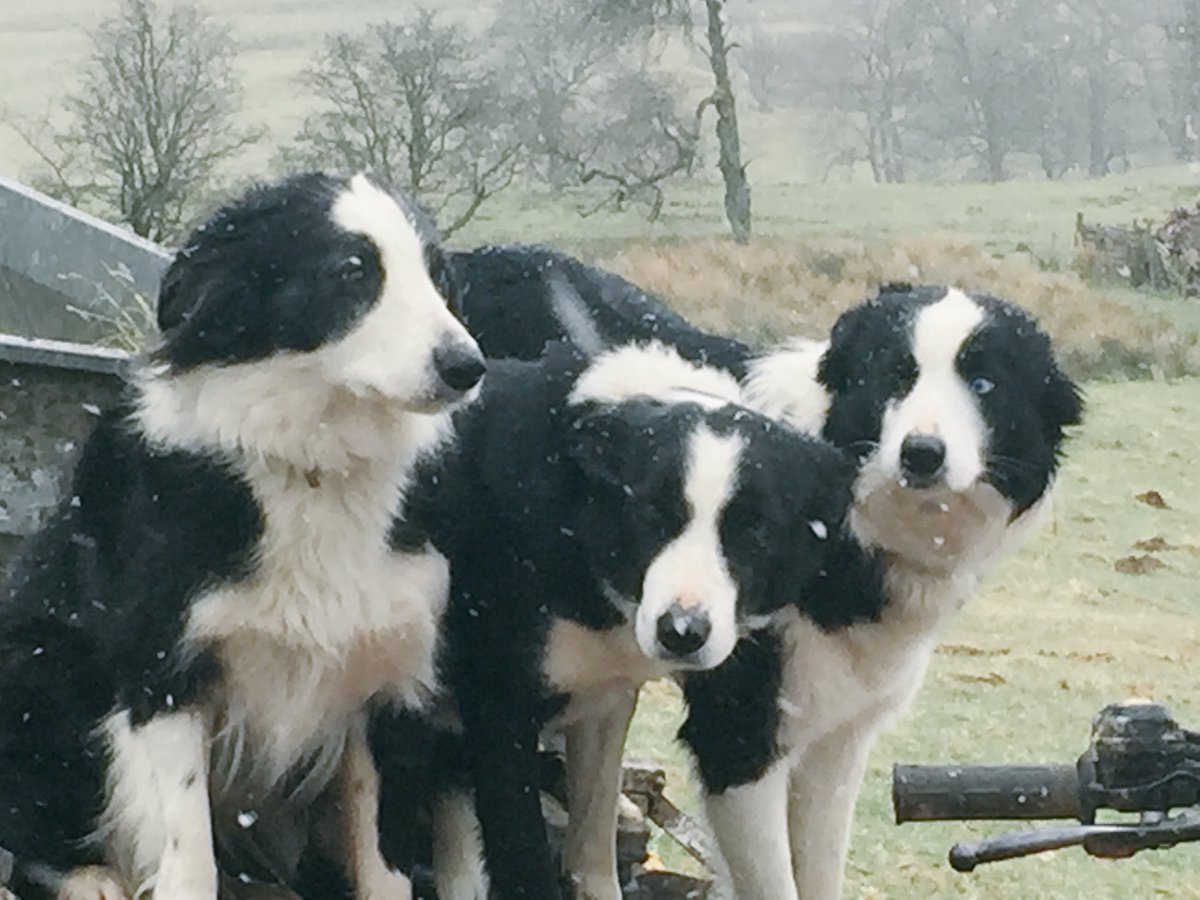
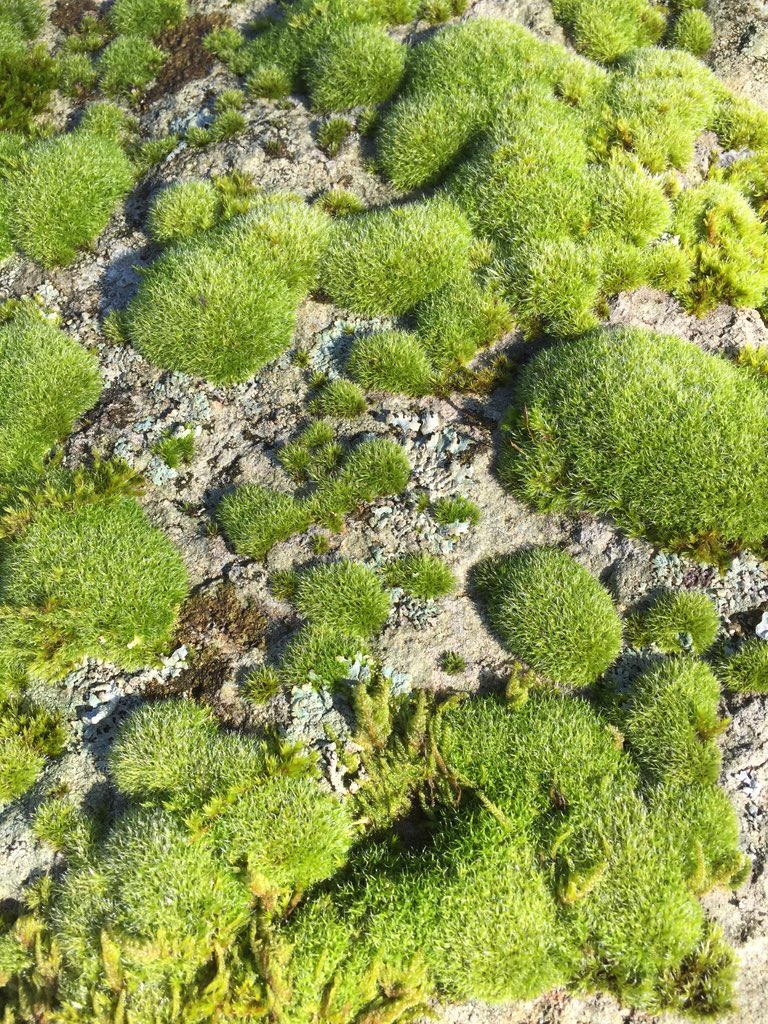 |
| Moss |
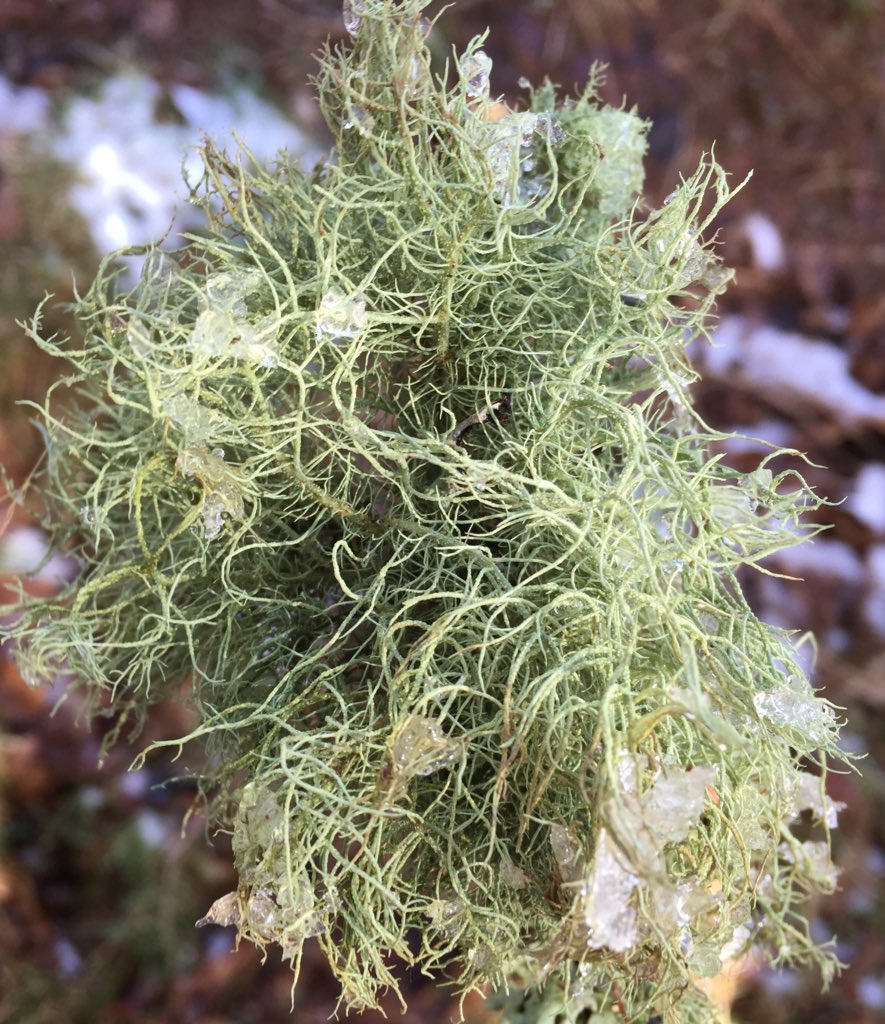 |
| Lichen |
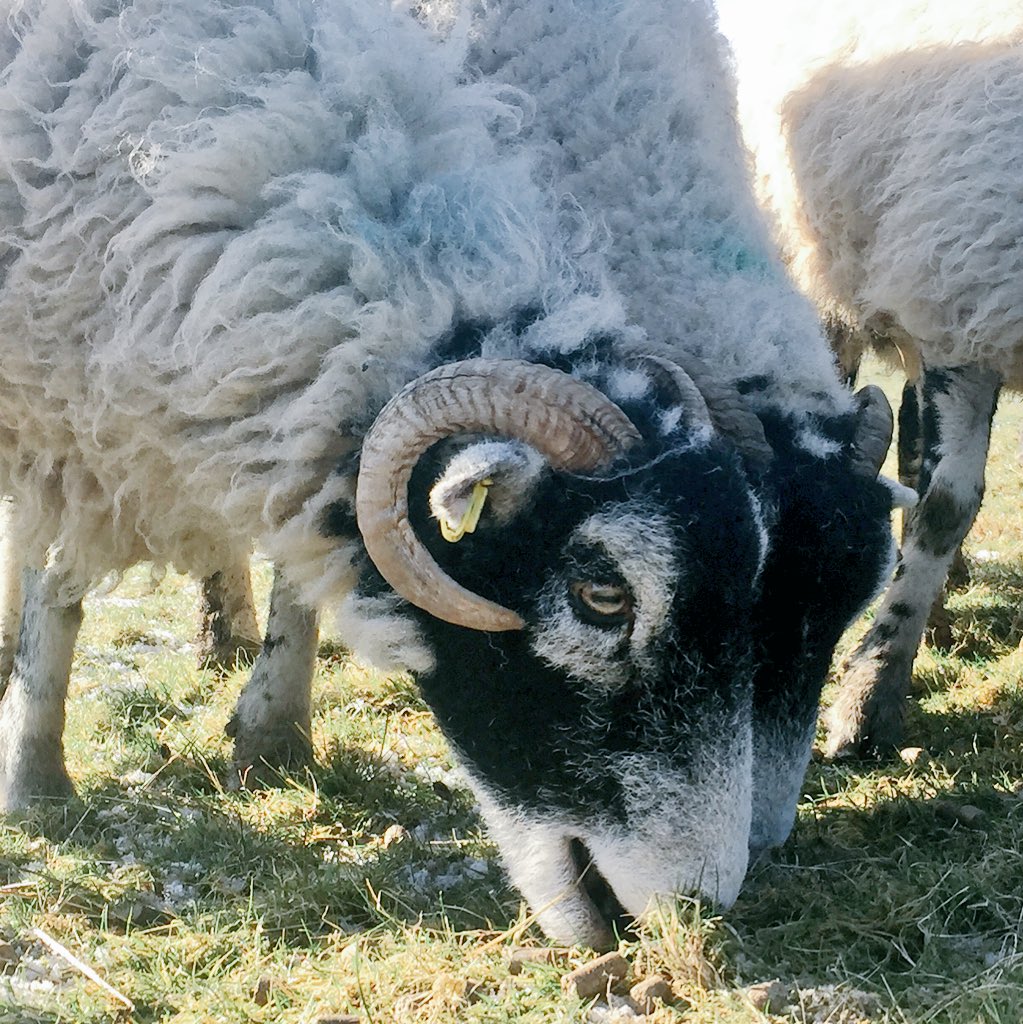 |
| Swaledales |
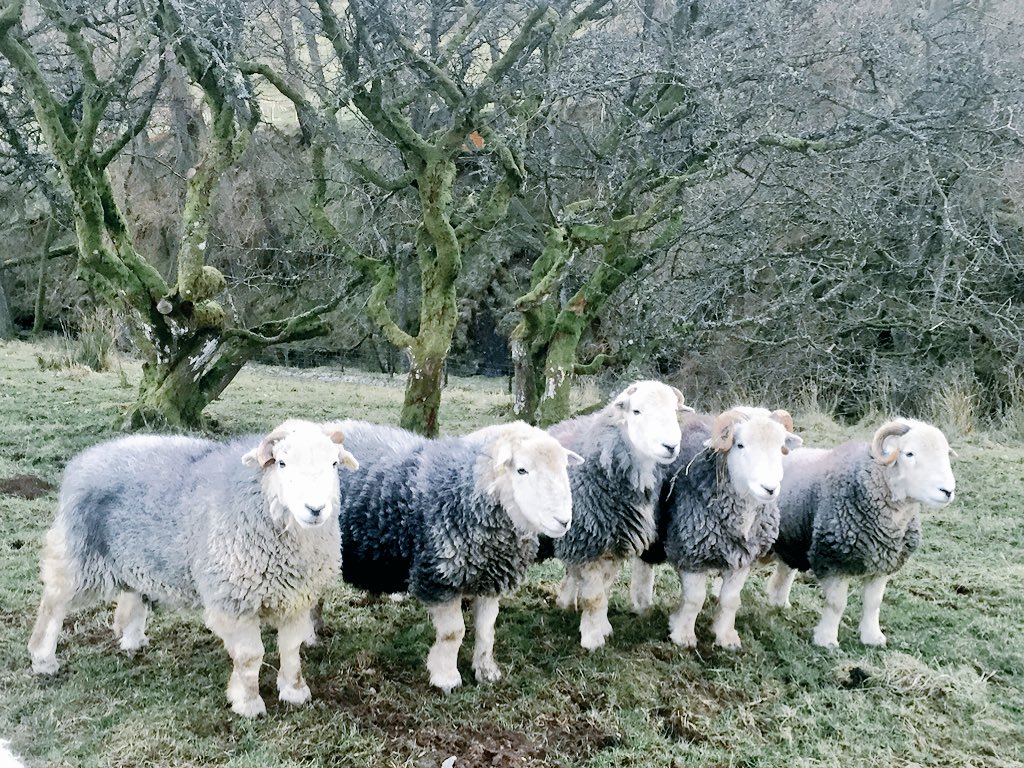 |
| Herdwick stock tups (fathers of hundreds future lambs) |
Wall under repair


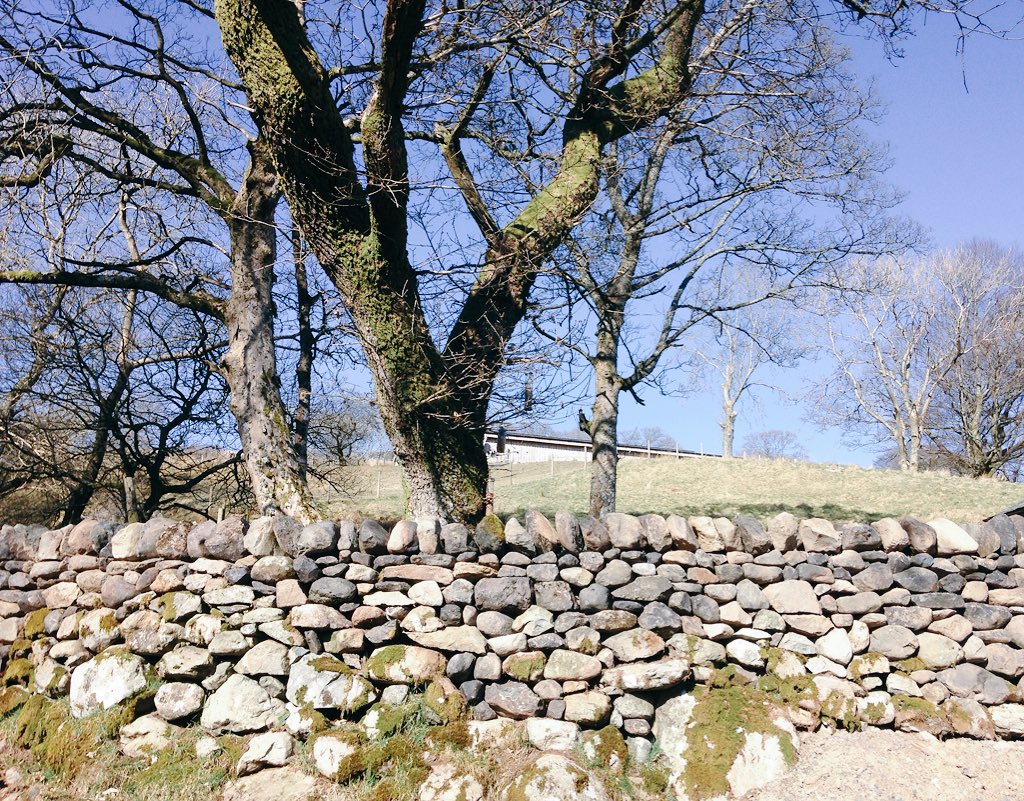
The stones on top, just sitting there but in many places cemented on because of vandalism/theft, are called "coins" (word possibly related to the word, "quoins", special stones or bricks that reinforce the corners of brick or stone buildings)
Coins are used on the top to prevent sheep from climbing up/over, thus crumbling and ruining the back-breaking work of constructing a dry stone wall.
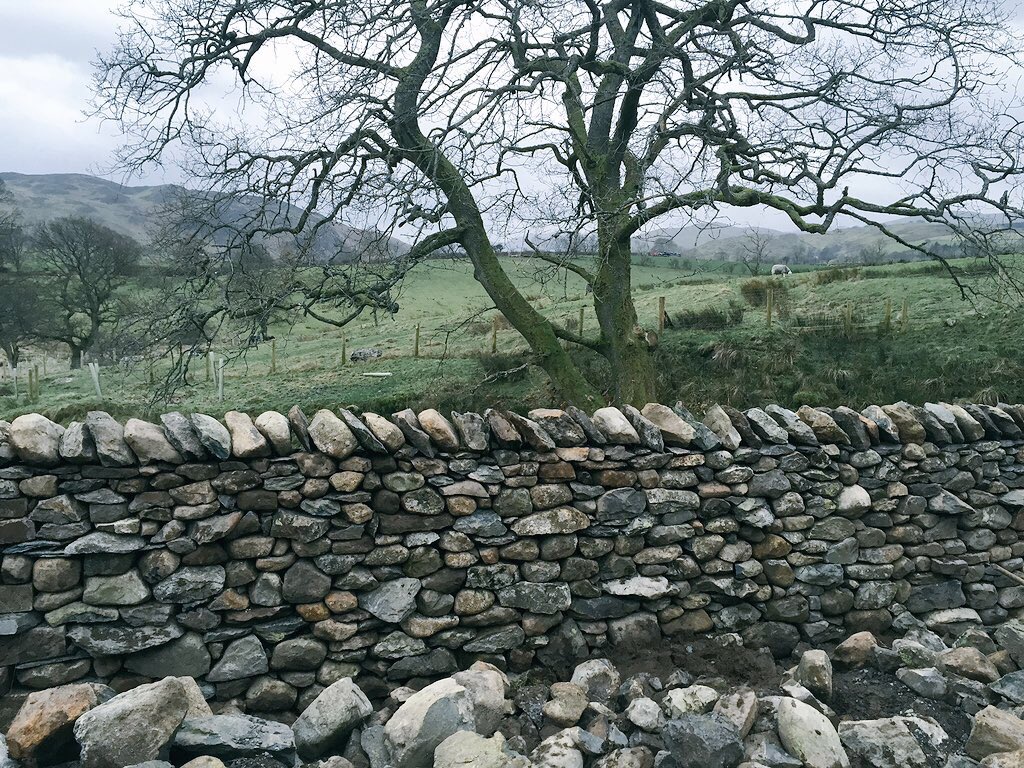
 |
| Isn't this a wonderful stile! |
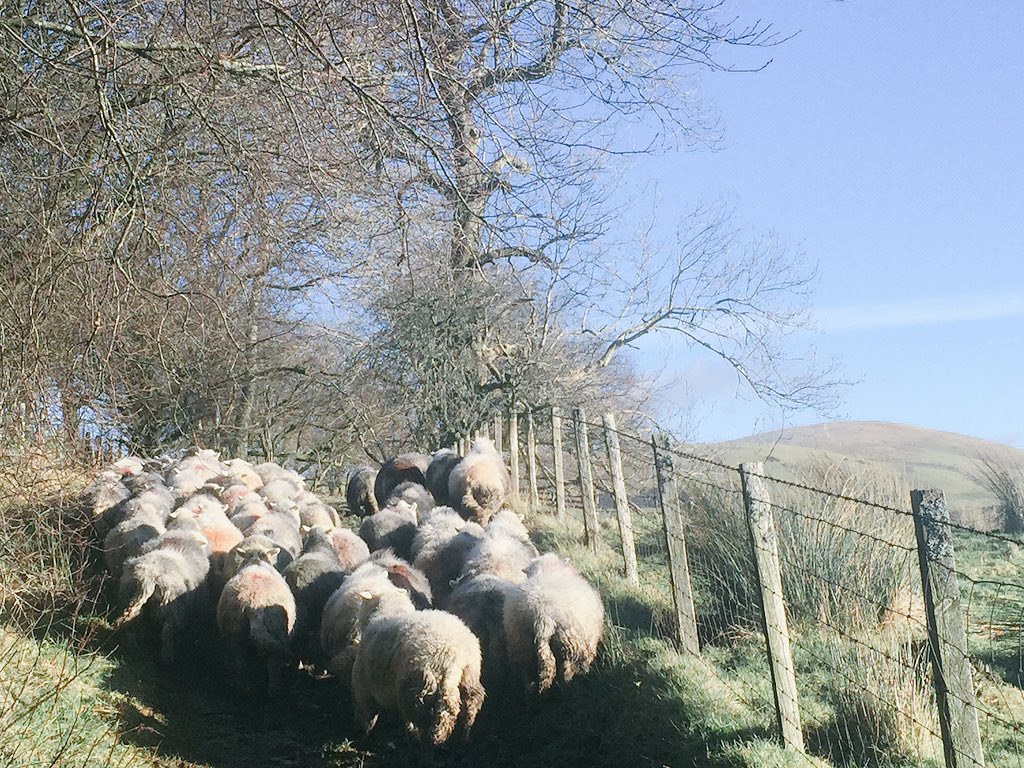
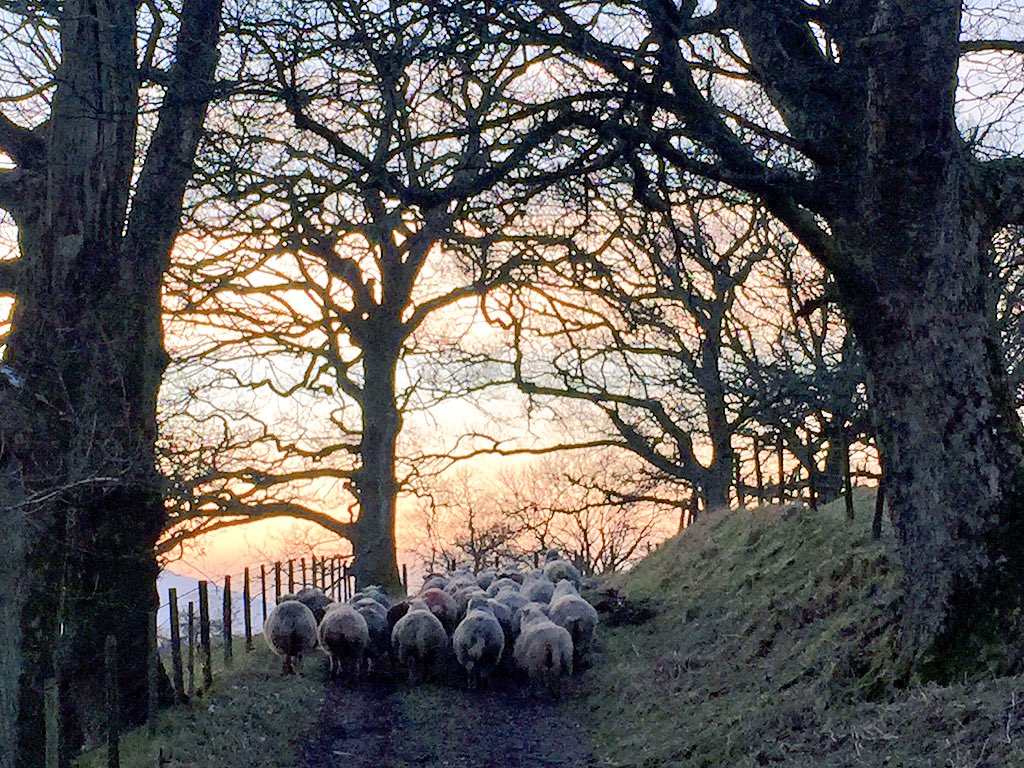
James Rebanks, of all this wonderful photography above, has recently had published a book, The Shepherd's Life, Modern Dispatches from an Ancient Landscape.
If I'd thought about it a while back, I would have said I doubted there would be much interest in this book/subject in North America, though it has found huge popularity throughout the UK.
So it blew my mind when I found Rebanks' book in my local library and have it sitting on the desk beside me as I write! There are a few black and white photos but mostly, it's an eloquent but unsentimental memoir about growing up as the most recent generation of a family that has worked this land for hundreds of years.
I'm learning about hill farming, sheepdogs and sheep, the breeds, their feet, their fleece and smit marks, their horns, grazing rights, the classifications of the land, the rhythms of fell farming, auctions, lambing, haying and especially hefting: the attachment which these native breeds of sheep have to a particular area of the fell.
Right now, mid-April: Lambing season
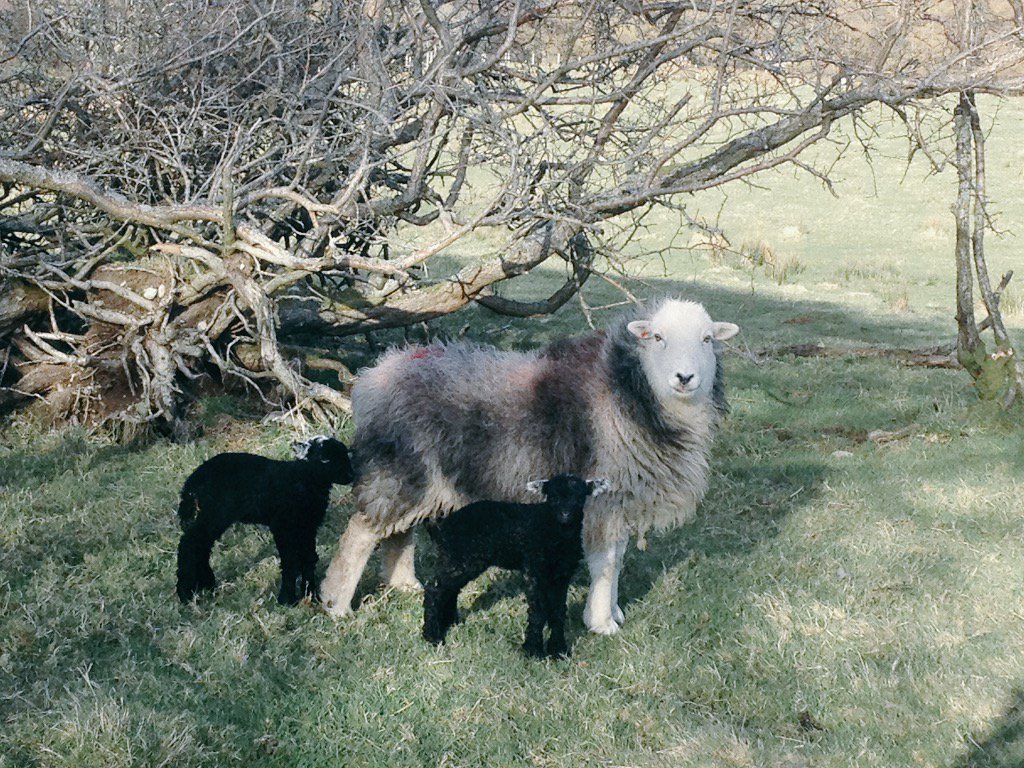
In relating all the struggles and joys James Rebanks succeeds wonderfully in communicating his respect and love for his land and the life he was born to. At the same time, he conveys such interesting details about his sheep, dogs, environment, hill farming economy, and life in general that I could hardly put it down. He is definitely hefted to his land. Highly recommended!
 |
| March 22, 2016 |
Right now, mid-April: Lambing season

In relating all the struggles and joys James Rebanks succeeds wonderfully in communicating his respect and love for his land and the life he was born to. At the same time, he conveys such interesting details about his sheep, dogs, environment, hill farming economy, and life in general that I could hardly put it down. He is definitely hefted to his land. Highly recommended!
Tuesday, April 19, 2016
Let's Separate the Sheep from the Goats
Your Smile for the Day
Can you tell sheep from goats? I used to think it had to do with which way the horns curve, but not so. It's all in the tail. A sheep's tail, if it hasn't been docked, always points downward and a goat's tail always points skyward. So is that black animal a sheep or a goat? Hard to tell. I say goat. What say you?

According to this chart, which is difficult to read, so sorry, there are other differences: in behaviour (social, foraging and butting), upper lips (divided or not by philtrum), coat (goats do not need to be shorn) More info here.
| Sheep |
| Goats |
This looks like a goat, but its cute little tail which we can't see points downward. Therefore, a sheep.
Thursday, April 14, 2016
Next Rage?
We've seen the lasting popularity of roller skates, inline skates, skateboards, longboards, ripstiks* and the winking popularity of hoverboards. And for those who prefer their feet on the ground, hula hoops.
I came across an old video from 2009 highlighting a wheeled contraption called Orbit Wheel. You need one for each foot. The comments are quite dismissive, but I think that it looks like fun, if you overlook the treacherous learning curve.
I came across an old video from 2009 highlighting a wheeled contraption called Orbit Wheel. You need one for each foot. The comments are quite dismissive, but I think that it looks like fun, if you overlook the treacherous learning curve.
What do you think? Want to give it a whirl?
*Never heard of a ripstick? Here it is in action:
Kids can do the most awesome things!!
Tuesday, April 12, 2016
Burrowing Owls

Burrowing owls are found across the flat dry grasslands of North and South America, where they use burrows often built by ground squirrels, prairie dogs, marmots, badgers and even tortoises to nest and raise young. They are the only species of owl to nest in the ground.
These are tiny owls in the owl kingdom, measuring less than 30 cm. tall and weighing less than 200 grams. Although they are active during the day, they do most of their hunting for rodents and insects in that time between dawn and dust.
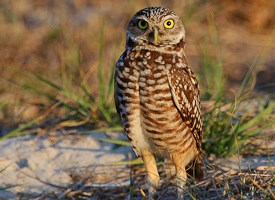
The decline of the species can be directly linked to human activity: the human use of the habitat and the use of pesticides has resulted in less prey, fewer burrows and fewer of these wonderful little owls.
There's a project on in British Columbia though, on First Nations land near Merritt, BC. Three pairs of captive-bred burrowing owls will be released into burrows already waiting for them. Precautions will be taken to be sure that the little owls don't themselves become prey before adapting to their new homes. Banding will help determine if the owls return after migration
Hopes are high for success and an increase in the BC population of burrowing owls. We'll all be the beneficiaries.
Hopes are high for success and an increase in the BC population of burrowing owls. We'll all be the beneficiaries.
Saturday, April 9, 2016
Lighting up the Desert
This is an art installation in Australia called Field of Light:


It opened on April 1 and is situated near Uluru, that sacred monument of red sandstone rising out of the desert in the Northern Territory. The lights are powered by solar panels and are turned on for several hours twice a day, dawn and dusk.
See a description of the building of this phenomenal art installation and more photos at PBS.org
Friday, April 8, 2016
Call a Random Swede
I just heard about this initiative on the radio this morning:
The number to call is +46 771 793 336, but remember, long distance charges apply.
"In troubled times, many countries try and limit communication between people, but we want to do just the opposite," Swedish Tourist Association CEO Magnus Ling said in a statement.
"We are making Sweden the first country in the world with its own phone number and giving our fellow Swedes the opportunity to answer the calls, express themselves and share their views, whatever they might be."
Suggested topics include northern lights, darkness, meatballs and suicide rates.
Thursday, April 7, 2016
Lois Cunningham - almost 100
We seem to have an on-going theme of elder excellence. Here's the awesome 98-year old Lois Cunningham appearing just last February at the Grand Ole Opry to add to the mix:
Wednesday, April 6, 2016
Beverly Cleary at 100
You probably already know that Beverly Cleary is the author of kids' books such as Ramona Quimby and Henry Huggins and the creator of characters beloved by generations. She authored more than 40 books that have had lasting popularity with new readers and won multiple awards for many of them. In spite of having been written as many as 65 years ago, they are still popular today.




Now you probably think that someone who had books published that long ago, well, that we would be talking about her in the past tense. But not so!
Like Herman Wouk, Beverly Cleary is about to celebrate her 100th birthday (on April 12). Of becoming a centenarian, she says, "I didn't do it on purpose!"
Here's a recent interview with Beverly Cleary. Pretty sharp for almost 100!
Update:
On April 9 the Toronto Star reprinted an article from the Washington Post with a lovely photo.
Cleary is looking forward to some carrot cake on her birthday. May it be the best ever!
Cleary is looking forward to some carrot cake on her birthday. May it be the best ever!

Tuesday, April 5, 2016
Sailor and Fiddler: Herman Wouk Looking back at 100 Years
It's not often we get to read the memoir of a 100-year-old person who is still alive. Wouk is the well-known and well-respected author of such gems as:
- The Caine Mutiny (which won the Pulitzer Prize)
- Marjorie Morningstar
- Youngblood Hawke
- The Winds of War
- War and Remembrance
In this surprisingly brief (considering the time span involved) volume, Wouk takes us from his beginnings as a gagman, through the circumstances in which he wrote his various novels and screenplays and tells us about the people he rubbed shoulders with along the way. The one person who stands out as his particular treasure is BSW, Sarah, his beloved wife of 66 years, his confidante, his interior decorator and also his literary agent for many years. Sadly she passed away in 2011 and he now carries on alone.
The Sailor part of the title refers to his Navy years, both in the service and as a chronicler of events and people he encountered there. In the Fiddler section, Wouk shares the lessons learned in his faith journey as an observant Jew. All is told with wit and good humour though he also shares his and Sarah's grief and continuing sadness at losing their 5-year old first-born son in a drowning accident.
Herman Wouk will celebrate his 101st birthday in May. What a force he is! Thanks for all your great novels, Mr. Wouk. And Happy Birthday!
Subscribe to:
Posts (Atom)






